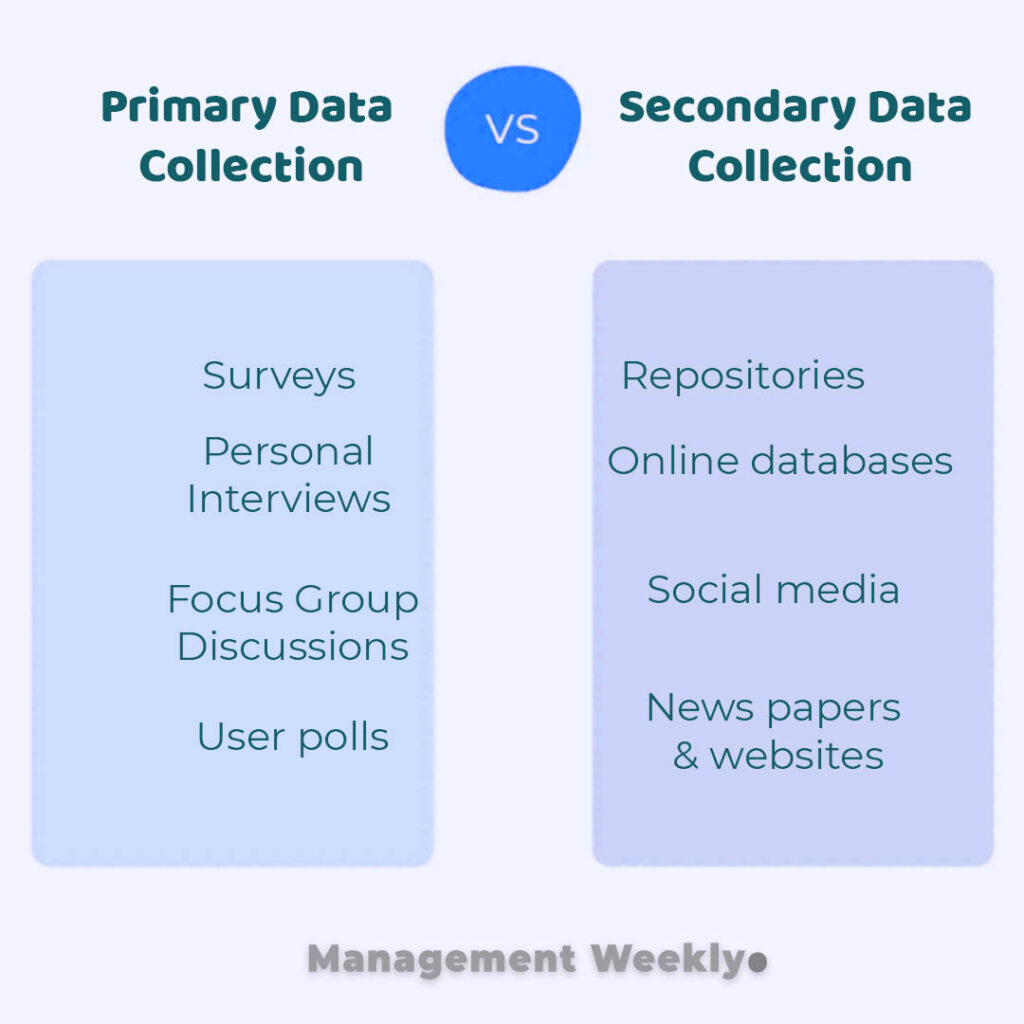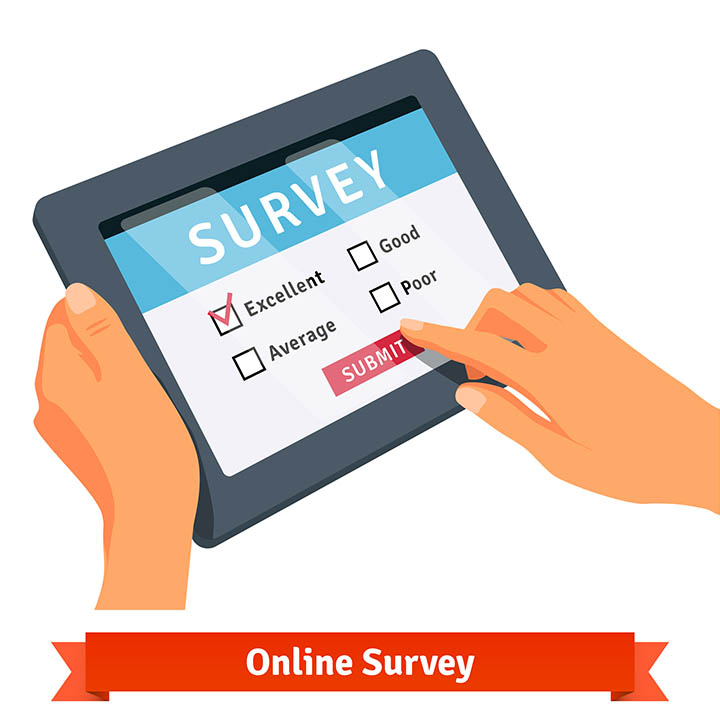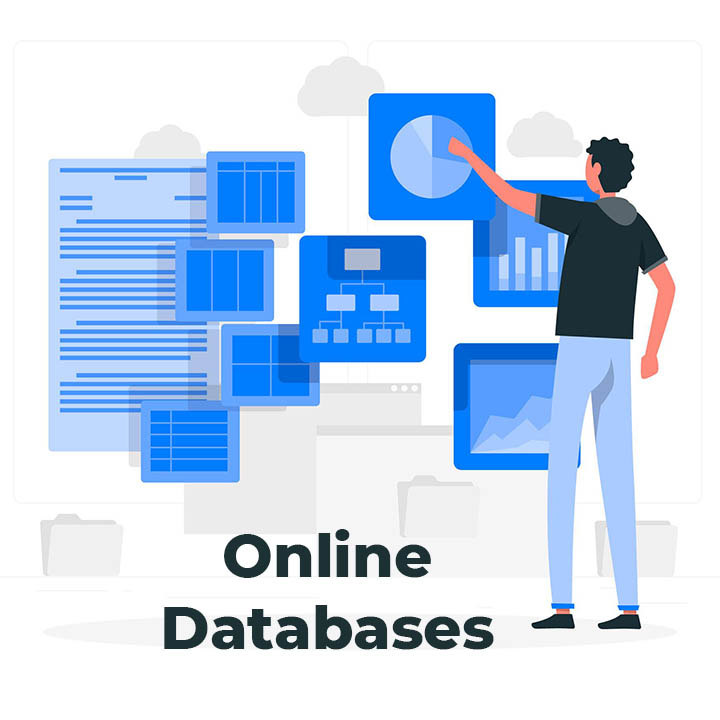Data gathering procedure is a critical step of any research or analysis. We have to ensure that we understand this important step so that our analysis is simpler and our results are also meaningful. Here in this article we discuss the different types of data gathering procedures and when to use which method.
What is data?
- Facts
- Figures
- Statistics
- A recording such as audio or video
Data is a stored representation of information. Data is purpose-driven storage of information usually in a specific format conducive for retrieval and usage.
In simpler words, data can be facts, figures, statistics, or certain other values. These could be numbers, text, videos, audio, or any other format. Usually, a single value of data represents a variable. For example, we can have data on the salaries of employees. On the other hand, if we take the salary of an individual from our employee database. Therefore, a datum is the singular form of data. Usually, when we talk about data, we’re talking about raw data. You can read more about examples of raw data in our other article.
Why do we need to gather data?
It’ll add ring is an essential step of the analysis process. It is one of the primary steps, therefore it has got a lot of implications in the later stages. These are the following reasons why we need to gather data:
- Allows us to store information.
- It forms the raw material for data analytics.
- It can also help us understand the context better.
- Gathering data will help us answer certain questions.
- Data gathering also helps us monitor the progress.
- Data gathering helps us in data visualization
Major types of data collection procedures
We divide data gathering or data collection procedures into two broad categories. The first category is all primary data collection. On the other hand, the second category is called secondary data collection.

When we are gathering data in the form of primary data, then the indulge ourselves in the collection process. We can use various different methods to gather data from appropriate sources. It is also important to understand the difference between sample and population.
Secondly, we can also sample data from some source that includes a vast amount of data. For example, let’s consider the financial data. One way to collect the profit and loss information for a firm could be to write a mail to the company and seek this information from them. In this case, you are collecting the information directly from the source. Therefore, this is an example of primary data. However, if you want to collect data from 20 different companies, this mailing process can quickly become very cumbersome.
It makes sense to collect the profit and loss data from a database, which includes the profit and loss statements of many different firms. Therefore, it makes sense to do secondary data collection in this case. You may use financial data sources like Bloomberg. Therefore, you would save both time and effort and collect the entire data required for your analysis within a short period of time.
Primary data gathering techniques

One of the most common family data collection techniques is surveys. Surveys are a set of structured questionnaires that you provide to your respondents. These respondents fill up these surveys and then return their responses. Another type of primary data collection technique could be interviewed. When we collect data through an interview, we’re collecting qualitative data.
Some other types of primary data collection techniques are user polls, focused group discussions, Delphi techniques, as well as ethnographic studies. A relatively new technique called netnographic technique is used as data-gathering produce where you collect data from websites and blogs by actively observing people’s behavior.
Secondary data gathering techniques
There are many ways to collect secondary data. Most notably in the world of finance research, we use financial statements and financial reports from companies. We may also use different financial databases for our information. Also, marketing managers may use different types of marketing surveys and reports that are available online.
Finally, some other types of data that could be useful from secondary sources could be the data that is available on a company’s website and data that is available on the Internet. When you collect data from the Internet which is already present on the websites, then it is a type of secondary data collection. For example, you may want to collect data from the website by running some script that downloads text, images, etc. This is called ‘scrapping’ and it is a type of secondary data gathering procedure.

Best practices for data gathering
There are certain best practices for collecting data. We shall discuss some of them below.
- Even before you start gathering your data, you should ensure that you have the end object. If in your mind. This will help you gather only the relevant data.
- Secondly, it is also important to define your population correctly. At the same time, you should also ensure that you have defined your sample as well as the sampling technique before you collect the sample.
- When you do primary data collection, you’re out in the field to collect data. In these situations, you should ensure that we reduce the researcher’s bias in the data collection procedure.
- It’s also prudent to have a data gathering system that gives you a sample that is a good representation of the population.
- Moreover, when you are collecting data from secondary sources, you still need to maintain rigorous standards. You should again maintain the same level of discipline and professionalism to ensure that your quality of data is good.
- Whenever you’re gathering data from secondary sources like databases, you should always note down the specifics. You may write down the queries or the type of filtering criteria that you have used to collect information.
- Once you have the raw data collected, it is also important to make backups of the data. If your data is already digital, it is fairly easy to copy it to another drive. Alternatively, you could also upload it to the cloud. However, if your data is in a non-digitized form then you may want to digitize it to make a backup.
